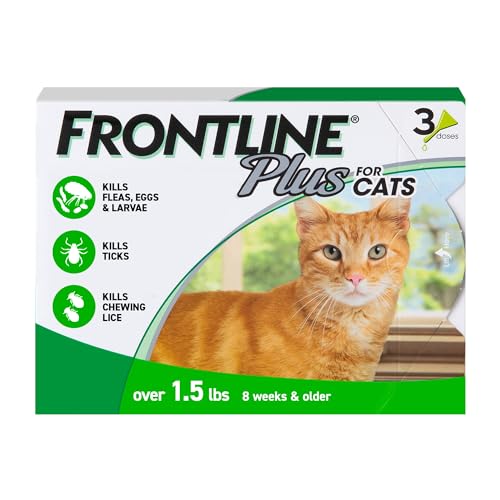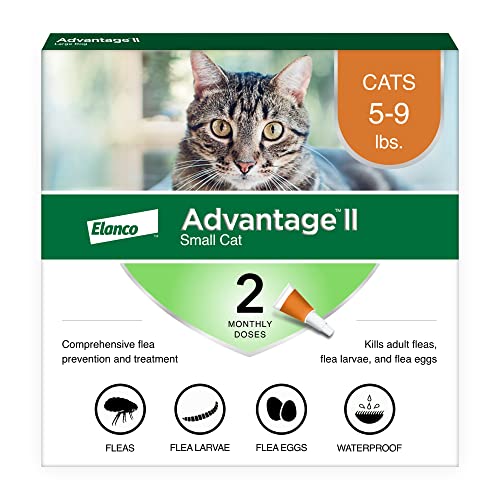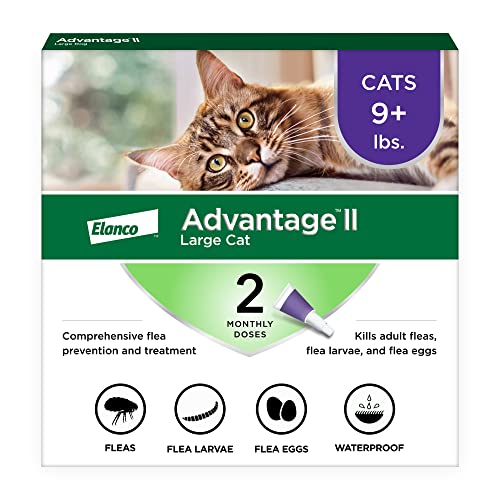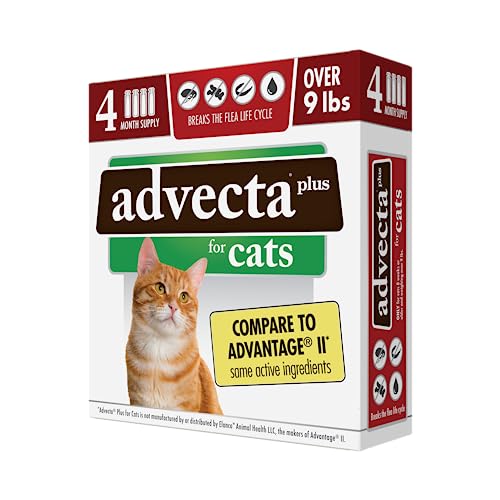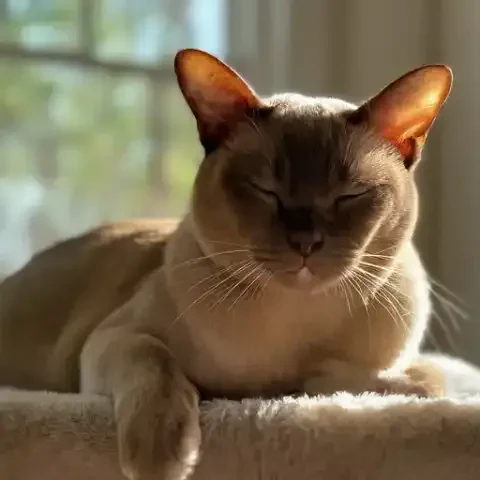Imagine the striking beauty of an Abyssinian, that sleek, lithe feline with its wildcat grace and distinctive ticked coat. Now, picture that same captivating creature adorned with a luxuriously soft, semi-long coat, a flowing brush of a tail echoing the plume of a fox. This is the Somali cat, a breed that embodies a unique duality – the untamed elegance of its Abyssinian roots tempered with a gentler, more approachable warmth, a creature that is both captivatingly beautiful and deeply devoted to its human companions. Unveiling a feline treasure, we discover the Somali cat. Often lovingly described as the "Fox Cat" due to its bushy tail and vibrant, often ruddy appearance, the Somali is a breed of captivating beauty and intensely engaging personality. More than just a pretty face with a fluffy tail, the Somali is an intelligent, affectionate, and playful companion, a cat who thrives on interaction and brings a lively spirit into any home lucky enough to share space with one. This article serves as your comprehensive guide to the Somali cat, a journey into understanding their delightful personality, mastering the nuances of their care, and uncovering the fascinating story of their unexpected yet celebrated emergence into the world of cat breeds. We will delve into the heart of what makes the Somali so special, exploring the traits that make them exceptional companions, the practicalities of ensuring their well-being, and the captivating tale of how this breed, initially considered a surprise, blossomed into a recognized and adored feline in its own right.
At the core of the Somali’s charm lies their truly exceptional personality. This is a breed defined by affection, intelligence, and an unbridled zest for life. If you are seeking a feline companion who will be a devoted member of your family, actively participating in your daily life and showering you with affection, then the Somali may well be your perfect match. The Somali is, first and foremost, an affectionate and people-oriented cat. They are not content to be distant observers; they crave human interaction and form incredibly strong bonds with their chosen families. They are the kind of cat who will greet you at the door, weave through your legs as you move around the house, and readily settle onto your lap for a cuddle session. They thrive on being involved in family activities, eager to be a part of the household dynamic, rather than simply existing on the periphery. You'll often find a Somali following you from room to room, not out of neediness, but out of a genuine desire to be near you, to observe what you're doing, and to offer their quiet companionship. Their affection is genuine and freely given, expressed through gentle nudges, soft head bumps, and contented purrs that rumble deep within their chests. While they are not overly demanding in their need for attention, they deeply appreciate and thrive on the affection they receive, rewarding it with unwavering loyalty and love.
Beyond their affectionate nature, Somalis are renowned for their keen intelligence and insatiable curiosity. These are not cats content with simple routines; they are thinkers, explorers, and problem-solvers with a natural inquisitiveness that is both entertaining and engaging. Somalis are quick learners, readily grasping new commands and adapting to changes in their environment. Their intelligence shines through in their love for puzzle toys and interactive games, activities that challenge their minds and provide mental stimulation. Watch a Somali tackle a treat puzzle, and you’ll witness their focused determination as they strategize and manipulate the puzzle to achieve their reward. Their curiosity is boundless, driving them to investigate every nook and cranny of their surroundings. Cabinets are not off-limits, drawers are potential treasure troves, and anything new introduced into their environment will be thoroughly examined and assessed. This inquisitive nature, while charming, also means a Somali owner must be prepared for a cat who is constantly exploring, often getting into things they perhaps shouldn't, driven by their inherent desire to understand and experience everything around them.
Adding to their captivating personality is their playful and energetic spirit. Somalis are not lap-bound felines; they are lively, agile, and always ready for a good play session. They retain a kittenish enthusiasm for play well into adulthood, finding joy in chasing toys, batting at dangling objects, and engaging in spirited games of chase. Their agile and athletic bodies are perfectly designed for playful pursuits, leaping effortlessly onto high perches, darting across rooms with surprising speed, and showcasing an innate grace in their movements. Providing ample opportunities for play and exercise is not just about entertainment for a Somali; it’s a crucial aspect of their care. Their energetic nature necessitates regular outlets for their physical and mental energy, keeping them happy, healthy, and preventing boredom which can lead to less desirable behaviors. Interactive playtime, climbing structures, and plenty of toys are essential for channeling their playful spirit and keeping them content.
Communication is also key to the Somali personality. While perhaps not as dramatically vocal as some breeds, Somalis are known to be more communicative than their Abyssinian cousins. They possess a range of soft, melodious vocalizations – gentle meows, chirps, trills, and murmurs – using these sounds to express their needs, desires, and even their opinions. Listen closely to a Somali, and you'll hear them "talking" to you, using these subtle vocalizations to indicate hunger, request attention, or simply to engage in a quiet conversation. They are not overly loud or demanding in their vocalizations, their communication is more nuanced and engaging, inviting interaction rather than demanding it.
Finally, Somalis are generally social and family-friendly cats, often proving to be wonderful companions for children and other pets. Their tolerant and playful nature makes them well-suited to bustling family environments, adapting to the often-unpredictable energy of children with patience and good humor. They are known to enjoy playing with children, engaging in gentle games and offering their affection freely. Similarly, when properly introduced and socialized, Somalis can coexist peacefully and even playfully with other pets, including dogs and other cats. Their adaptable nature allows them to integrate into multi-pet households, often forming positive bonds with their animal companions. Early socialization is, as with all breeds, important to ensure a Somali is well-adjusted and comfortable in a variety of social situations, but their inherent social grace makes them naturally inclined to be welcoming and accepting of family members, both human and animal alike.
Caring for a Somali cat, while generally straightforward, does involve understanding their specific needs to ensure their well-being and happiness. Their luxurious semi-long coat, while a defining feature of their beauty, does require regular grooming, though thankfully, it’s not overly demanding. Despite its length and plushness, the Somali coat is surprisingly low-maintenance and doesn’t tend to mat easily. Regular brushing, ideally two to three times a week, is usually sufficient to keep their coat in excellent condition. This brushing helps to remove loose hair, preventing tangles and matting, and minimizes shedding around your home, especially during seasonal shedding periods. While Somalis are naturally meticulous self-groomers, human assistance with brushing is still beneficial, not only for maintaining coat health but also as a bonding opportunity between cat and owner. Bathing is generally infrequent for Somalis, only necessary if they become particularly dirty or get into something messy. Their coat is naturally healthy and resistant to dirt, so over-bathing is unnecessary and can even dry out their skin.
Exercise and enrichment are paramount for a Somali cat. Their intelligent and energetic nature demands ample opportunities for both physical and mental stimulation. Daily interactive playtime is essential, not just for burning energy, but also for engaging their minds and strengthening the bond with their human companions. Wand toys, laser pointers, puzzle toys, and even simple crumpled paper balls will all be enthusiastically pursued by a Somali. Providing a variety of toys and rotating them regularly will help keep them engaged and prevent boredom. Climbing structures and cat trees are also highly appreciated by Somalis. Their agile and athletic nature drives them to climb, explore vertical spaces, and survey their domain from elevated perches. Window perches, allowing them to observe the outside world, are another excellent addition to a Somali-friendly home. To further challenge their intelligent minds, consider incorporating clicker training or teaching them tricks. Somalis are quick learners and often enjoy the mental stimulation and focused interaction that training provides. Teaching them to fetch, sit, or even navigate simple agility courses can be a rewarding and enriching experience for both cat and owner.
Diet and nutrition play a crucial role in fueling the Somali's energy and vitality and maintaining their overall health and beautiful coat. Feeding a high-quality cat food that is specifically formulated for their age, activity level, and life stage is essential. Look for cat foods that are rich in protein, moderate in fat, and contain essential vitamins and minerals to support their active lifestyle and luxurious coat. Portion control is important, as Somalis, like many domestic cats, can be prone to weight gain if overfed and under-exercised. Monitoring their food intake and ensuring they are receiving the appropriate amount of calories based on their activity level will help maintain a healthy weight. Always ensure they have access to fresh, clean water at all times, encouraging hydration, which is vital for overall health and kidney function. A balanced and nutritious diet is not only crucial for their general well-being but also directly contributes to the health and vibrancy of their distinctive ticked coat, ensuring it remains soft, glossy, and beautifully colored.
While generally considered a healthy breed, Somalis, like all breeds, have some potential health predispositions that responsible owners should be aware of. Progressive Retinal Atrophy (PRA) is a genetic eye disease that can lead to vision loss. Pyruvate Kinase Deficiency (PKDef) is a genetic blood disorder that can cause anemia. Renal Amyloidosis is a kidney disease that can affect Somalis. Choosing a reputable breeder who screens their breeding cats for these genetic health issues is paramount to minimizing the risk of these conditions. Responsible breeders will be transparent about the health of their lines and will often provide health guarantees for their kittens. Regular veterinary check-ups are essential for preventative care, vaccinations, and maintaining good dental health. Annual or bi-annual vet visits will allow your veterinarian to monitor your Somali's overall health, detect any potential issues early, and provide preventative care recommendations tailored to your cat’s individual needs.
Creating an ideal environment for a Somali means providing a stimulating and safe home that caters to their active and inquisitive nature. While adaptable to various living situations, Somalis thrive best as primarily indoor cats. This indoor lifestyle significantly reduces their risk of exposure to outdoor dangers such as traffic, predators, diseases, and parasites, contributing to a longer and healthier lifespan. If you wish to provide them with outdoor access, a secure catio or enclosed garden is an excellent option, allowing them to enjoy the fresh air and sunshine safely. Within your home, ensure you create a cat-friendly environment that caters to their natural instincts. Scratching posts are essential to satisfy their scratching needs and protect your furniture. Climbing structures and cat trees provide vertical territory and satisfy their desire to climb and survey their surroundings. Window perches offer entertainment and mental stimulation by allowing them to observe the outside world. Safe hiding places, such as cat caves or covered beds, provide them with secure retreats where they can relax and de-stress. Finally, cat-proofing your home is crucial to protect their curious nature from potential hazards. Secure electrical cords, store cleaning supplies safely, and remove any toxic plants or small objects that could be ingested. By providing a safe, stimulating, and enriching indoor environment, you will create a haven where your Somali cat can thrive, express their natural behaviors, and live a long and happy life.
The story of the Somali cat's heritage is an intriguing tale of genetic surprise and the dedicated efforts of breeders who recognized beauty in the unexpected. The Somali breed did not arise through deliberate design, but rather as a spontaneous and initially unwelcome mutation within Abyssinian lines. The semi-long coat that defines the Somali is the result of a recessive longhair gene that occasionally surfaced in litters of otherwise purebred Abyssinians. For many years, these longhaired kittens were considered anomalies, “fluffies” in Abyssinian breeding programs, and were generally not intended for further breeding. Breeders, focused on maintaining the Abyssinian breed standard of a short, close-lying coat, initially tried to eliminate this recessive gene from their lines. However, despite these efforts, the longhair gene persisted, occasionally surfacing and producing these unexpectedly fluffy Abyssinian variants.
Eventually, in the 1960s, a few breeders began to recognize the inherent beauty and unique appeal of these longhaired Abyssinians. Rather than viewing them as a fault, they saw the potential to develop a new and distinct breed. Key figures emerged in the early development of the Somali, most notably Evelyn Reed in the United States and Mary Mailing in Canada, who are often credited with spearheading the effort to establish the Somali as a breed in its own right. They championed these "fluffy Abyssinians," arguing for their recognition and dedicated breeding programs to solidify their unique characteristics. The initial stages of breed development were not without their challenges. The Somali was initially seen as simply a “variation” of the Abyssinian, struggling to gain recognition as a distinct breed with its own unique standard and identity. Breeders had to work diligently to demonstrate that the Somali was more than just a longhaired Abyssinian; it was a breed with its own consistent type, temperament, and defining features.
The name "Somali" itself is a testament to the breed's close relationship to the Abyssinian. Evelyn Reed, recognizing the Somali’s genetic link to the Abyssinian, chose the name “Somali” to reflect this connection. Somalia, geographically bordering Abyssinia (now Ethiopia), served as a fitting name to denote the breed's origin story. It is important to note that the name "Somali" was chosen purely for this geographic association and does not indicate that the breed originated in Somalia itself. As breeders continued to refine the Somali type and promote the breed, the development of a formal breed standard became crucial. This standard meticulously outlined the desired features of the Somali, emphasizing the semi-long ticked coat, the bushy tail reminiscent of a fox, and maintaining the core Abyssinian traits of a ticked coat pattern, elegant body type, and intelligent, engaging personality. The breed standard served as a blueprint for breeders, guiding their breeding programs and ensuring the consistent development of the Somali as a distinct and recognizable breed. The journey towards breed recognition by major cat registries was a gradual process, spanning the late 1970s and early 1980s. The Cat Fanciers' Association (CFA) granted the Somali championship status in 1978, followed by The International Cat Association (TICA) and other registries in the years that followed. The establishment of Somali breed clubs and organizations further solidified the breed's place in the cat fancy, providing resources for breeders, promoting responsible breeding practices, and fostering a community of Somali enthusiasts.
Today, the Somali cat stands proudly as a well-established and beloved breed, fully recognized and celebrated for its distinct beauty, intelligence, and affectionate nature. No longer considered just a “fluffy Abyssinian,” the Somali has carved out its own unique identity within the feline world, prized as a companion animal for its captivating charm and engaging personality. Breeders continue to work diligently to maintain breed health and type, adhering to responsible breeding practices and ensuring the Somali remains a healthy and thriving breed for generations to come. The Somali cat’s story is a testament to the beauty of genetic variation, a reminder that sometimes the most cherished treasures arise from unexpected origins. This “happy accident” of a recessive gene, initially seen as a flaw, blossomed into a breed of captivating charm and enduring appeal. Bringing a Somali into your life is not just welcoming a pet, but embracing a vibrant, intelligent, and deeply affectionate companion who will enrich your life with their “fox-like” enchantment, a feline friend who is both wild at heart and devotedly domestic, a true treasure of the cat world. More than just a longhaired Abyssinian, the Somali stands proudly as a distinct breed, a testament to feline elegance and engaging personality. To know a Somali is to experience the joy of a truly devoted and captivating feline friendship.

